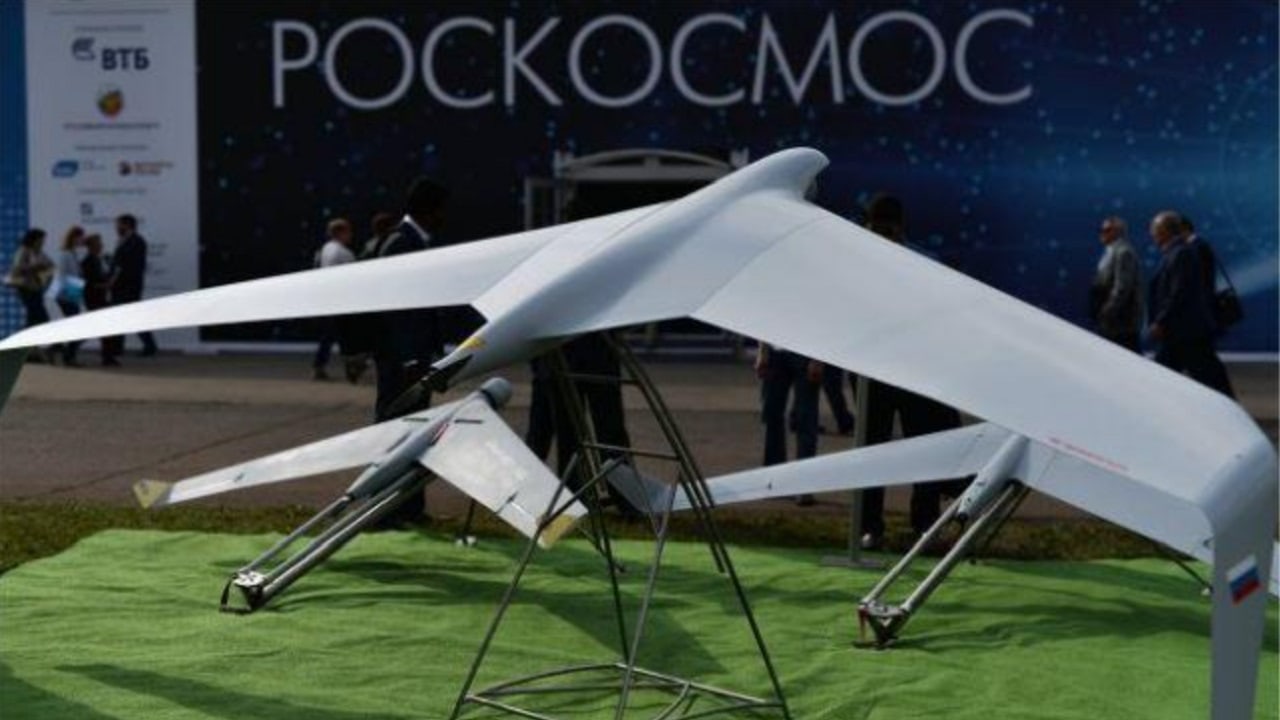Russia’s Granat Drone Is One To Watch – Drone use, especially for intelligence, surveillance, and reconnaissance was supposed to be the Russian way of war.
Vladimir Putin’s forces are equipped with several recon drones, but it is not clear if they are being flown in conjunction with armored battalion tactical groups. One drone that has a wide array of capabilities is the Russian Granat unmanned system which has several variants. Let’s take a deeper look at this drone and examine why it is a leader in the Russian fleet of remotely-piloted vehicles.
The Granat Drone Can Do It All
The Granat drone is a versatile platform. It can be used for collecting intelligence data, targeting artillery, spotting bomb damage assessment, relaying communications, and conducting electronic warfare. The Granat is designed with advanced mapping to spot enemy military ground systems for follow-on attack by other elements of Russian firepower.
Specifications Should Make It a Successful Asset
The Granat can also conduct search and rescue efforts for downed pilots of friendly aircraft. All of these missions depend on modern optical and infrared cameras for still-photos and video. The payload is seven pounds. The drone has six-hours of endurance and can fly at a speed of 86-miles per hour. The maximum altitude is 11,500 feet and its range is 43-miles.
It is not a large drone. It weighs 66-pounds and is eight feet long with a wingspan that is 11-feet. Once this drone flies to an elevation of one mile or more, it is difficult to detect. The Granat is launched from a catapult. Each system has two drones with a charging and re-fueling apparatus.
Able to Pilfer Enemy Communications
The Granat-4 has been upgraded to a signals intelligence platform that can snoop enemy radio communications and send this data to friendly forces. Signals intelligence is a valuable commodity on the battlefield and this drone should be able to sniff out Ukrainian plans for a better picture of the combat situation.
They Have Been Downed by the Enemy
But it has had mixed success since before the invasion. A Granat-2 model was shot down by Ukrainian forces in early January when it was on a recon mission above the Donbas region. ISIS shot down a Granat in 2017. Syrian rebels took one out in 2018.
Are the Russians Using Their Recon Drones?
For these reasons, the Granat may have remained on the shelf at the beginning of the invasion. Military analysts have speculated that since Russian armor has endured such a difficult time at the hands of the Ukrainians is because many reconnaissance drones were not deployed early on. The Ukrainians have set up numerous ambushes against Russian tanks that a lighter drone flying out ahead could have spotted.
The lack of eyes and ears runs contrary to Russian doctrine that they executed in Syria and in training missions before the invasion of Ukraine. By now, the Russians should have learned lessons from experiencing significant losses in tanks and infantry fighting vehicles.
The Russians Have a Strong Drone Arsenal On Paper
The Granat drone is one of many Russian recon drones in the fleet. The Eleron-3, Zala, Takhion, and Zastava all can send intel data back to operators for analysis at command and control centers. There should be enough for at least one unmanned system for each Russian battalion tactical group, yet it seems like maneuver units do not have situational awareness that could be accomplished with these drones.
Combat is about adjusting to the facts on the ground and learning from bad plans or mistakes. The Russians will have to right the ship and one aspect of lessons learned is for recon drones to be better integrated into the force structure. There is an ample fleet with extensive capabilities – maybe it’s time to get them off the shelf if Russia is to survive this war.
Now serving as 1945’s Defense and National Security Editor, Brent M. Eastwood, PhD, is the author of Humans, Machines, and Data: Future Trends in Warfare. He is an Emerging Threats expert and former U.S. Army Infantry officer. You can follow him on Twitter @BMEastwood.

